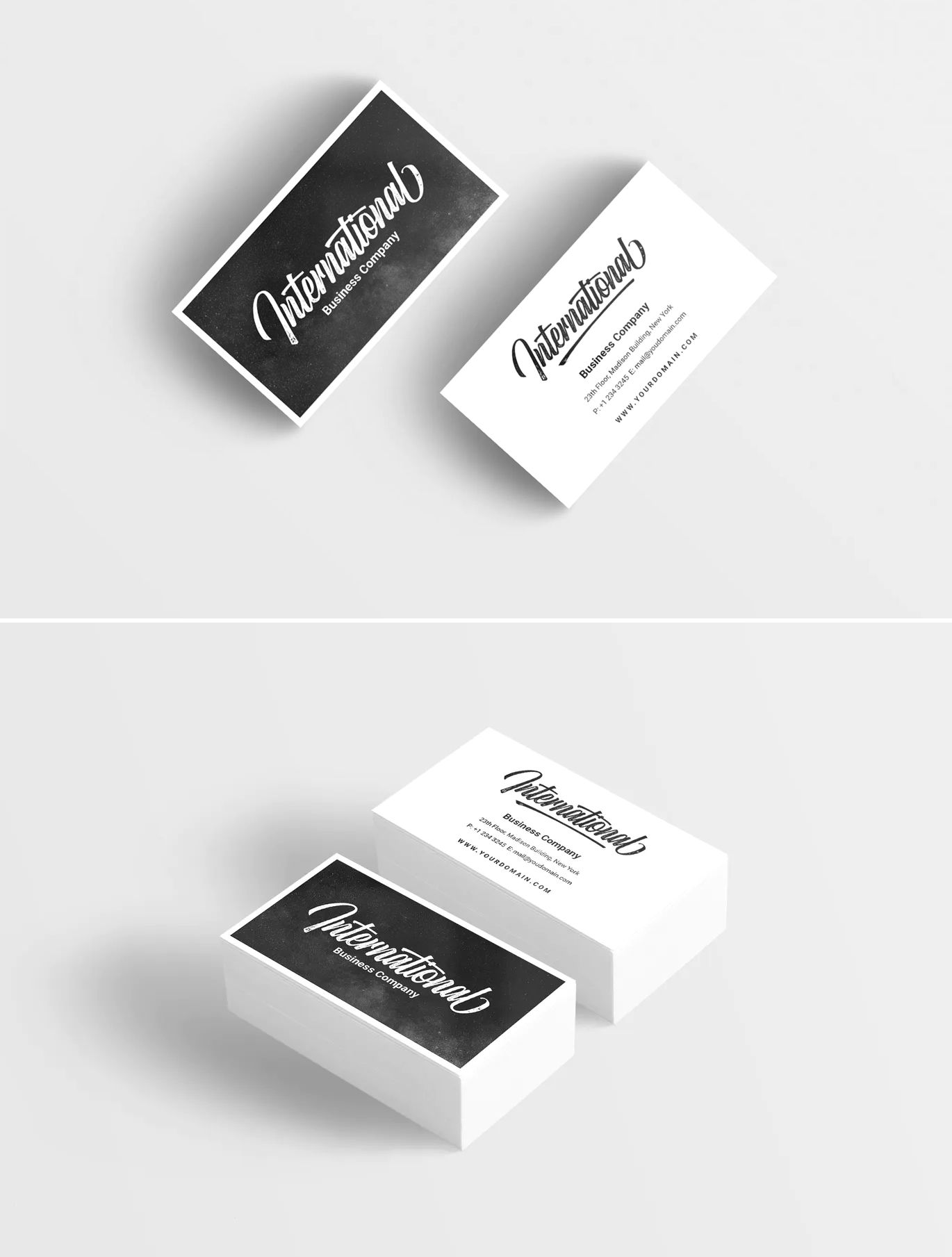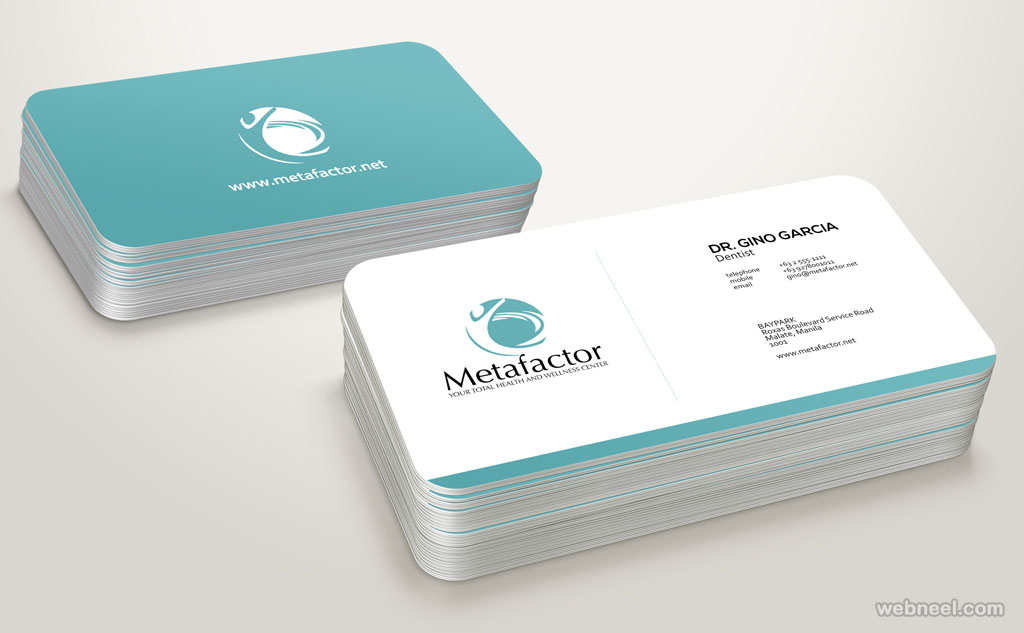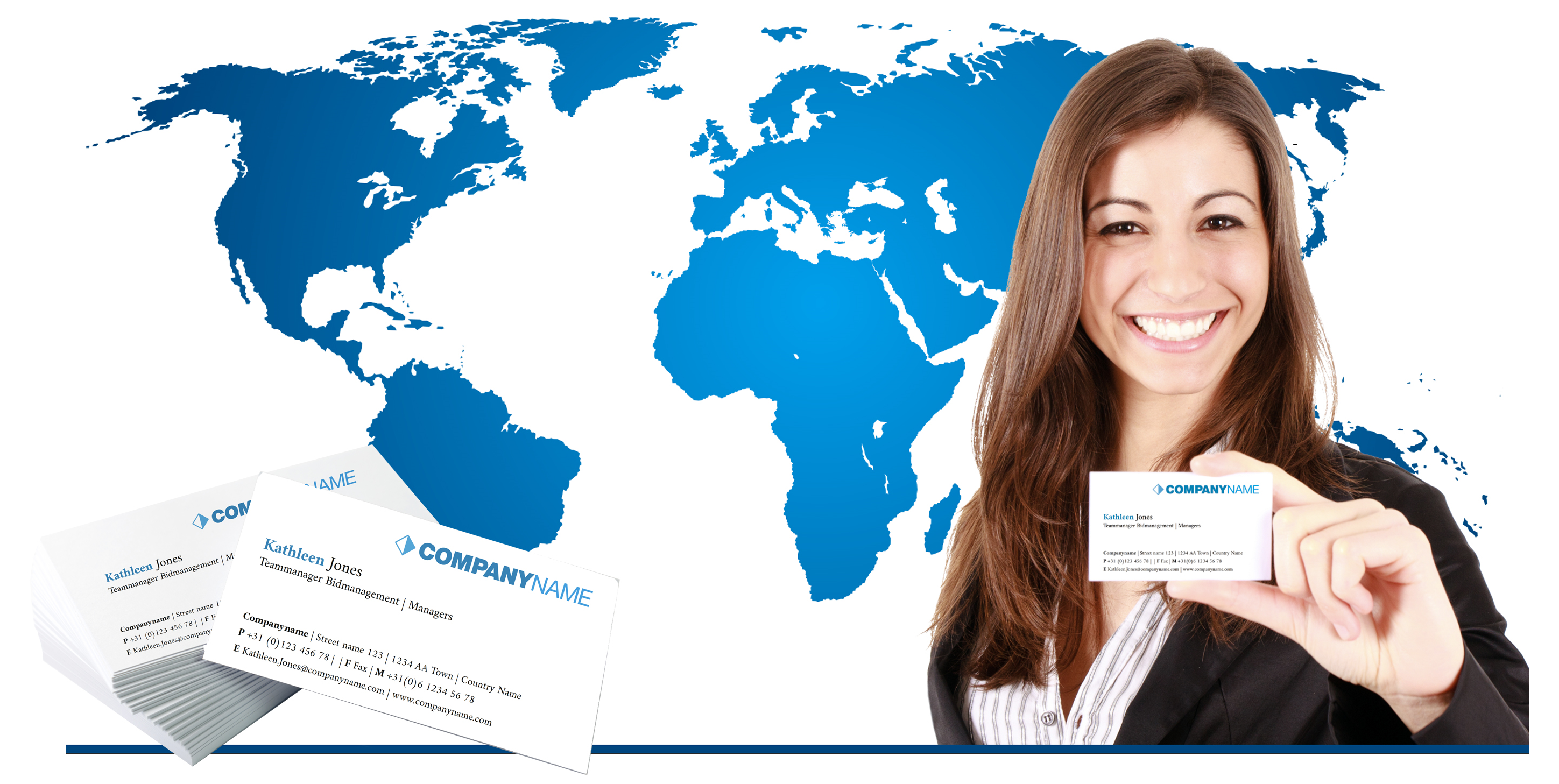
In today’s interconnected world, where global business opportunities abound, having international business cards is not just a mere formality but a crucial tool for successful networking across borders. These small pieces of paper hold a significant amount of information about you and your business, transcending language barriers and cultural differences. In this article, we will delve into the importance of international business cards, explore their design and content considerations, and provide tips for making a lasting impression in international business settings.
The Power of International Business Cards

Business cards have long been a symbol of professionalism and are widely used in many countries as a means of exchanging contact information during business interactions. However, international business cards take this idea one step further, serving as a powerful communication tool in diverse cultural and linguistic contexts.
When you hand over your international business card to a potential client or business partner, you are not just presenting your contact details. You are showcasing your readiness to engage with people from different backgrounds and demonstrating your commitment to building global connections.
Design Considerations for International Business Cards

When designing international business cards, it is crucial to consider cultural norms, aesthetics, and practicality. Here are some key factors to take into account during the design process:
1. Language and Translation
If you anticipate networking in multiple countries or with individuals who speak different languages, consider including essential information in both English and the local language. This shows respect for the recipient’s cultural background and makes it easier for them to understand and remember your details.
If multiple languages make the design too cluttered, you can consider having a bilingual backside or a foldable card with one side in each language. Additionally, it’s a good idea to ensure that any translations are accurate by consulting a professional translator or a native speaker.
2. Formatting and Layout
Different cultures may have varying preferences when it comes to the arrangement of information on a business card. For example, in Western countries, it is customary to list the name and title first, while in some Asian countries, the family name often takes precedence.
Considering such cultural nuances can help you make a positive impression and avoid unintentional offense. Researching business card etiquette in the specific countries you plan to network in will give you valuable insights into how to structure your card most appropriately.
3. Visuals and Colors
The choice of visuals and colors on your international business card should align with your brand identity while also considering cultural sensitivities. Colors can hold different meanings across cultures, evoking emotions or representing specific symbols. For instance, while red signifies luck and prosperity in many Asian countries, it may denote danger or caution in Western cultures.
Similarly, incorporating culturally relevant symbols or motifs can create an immediate connection with recipients. However, it’s important to ensure that these symbols are respectful, well-understood, and don’t carry any negative connotations in the target culture.
Content Considerations for International Business Cards

Aside from the design, the content you choose to include on your international business card can greatly impact the impression you make. Here are some essential elements to consider:
1. Name and Title
Clearly and prominently display your name and professional title on the business card. This will help the recipient identify you and understand your role within your organization. If your title is not universally understood or has different connotations in different cultures, consider providing a brief explanation to avoid any confusion.
2. Contact Information
Include relevant contact information, such as email address, telephone number, and business address. If you have separate contact details for different countries or regions, consider creating separate versions of your business cards optimized for each location. This way, recipients will have the most appropriate contact information at their fingertips.
3. Social Media Handles
In today’s digital age, social media platforms have become an integral part of business networking. Including your professional social media handles, such as LinkedIn or Twitter, can provide recipients with additional avenues to connect with you and stay updated on your professional activities.
4. QR Codes
QR (Quick Response) codes have gained popularity as a way to provide additional information electronically. By simply scanning a QR code printed on your business card, recipients can access your website, online portfolio, or any other online resource you want to share. This can be particularly useful for saving space on the physical card while still providing comprehensive information.
Making a Lasting Impression in International Business Settings

Now that you have a well-designed and informative international business card, it’s essential to know how to utilize it effectively to make a lasting impression. Here are some tips to help you maximize the impact of your business cards in international networking scenarios:
1. Respect Cultural Customs
When exchanging business cards, be aware of the cultural customs associated with the gesture. In some countries, such as Japan, presenting and receiving business cards is considered a formal ritual, and there are specific etiquettes to follow. Familiarize yourself with these customs to show respect and avoid any inadvertent breaches of etiquette.
2. Exchange Business Cards Thoughtfully
When handing out your business card, use both hands and present it facing the recipient. Take a moment to look at the card you receive, acknowledging its significance. This demonstrates your genuine interest in the person and their business, fostering a positive impression.
3. Treat Business Cards with Care
In many cultures, a business card is highly valued, and mishandling or disrespecting it can be seen as a reflection of how you would treat a business relationship. Handle received business cards with respect, take a moment to examine them, and consider storing them in a cardholder rather than simply slipping them into a pocket.
4. Follow-Up Promptly
After attending networking events or meetings, use the contact information from the business cards you collected to follow up with individuals you connected with. Prompt communication shows professionalism and eagerness, emphasizing your commitment to building fruitful relationships.
Conclusion

International business cards act as powerful tools that transcend linguistic and cultural barriers, allowing professionals to connect and build relationships in a global business landscape. By considering design and content elements specific to different countries and cultures, you can create international business cards that leave a lasting impression. With thoughtful execution and adherence to cultural customs, you will be well-equipped to foster fruitful business relationships wherever you go, establishing yourself as a global player in the international business arena.
Isabella, a branding guru, merges her love for storytelling with her marketing expertise. Her fascination with cultural diversity and travel lends a global perspective to her writing about business cards and graphic design. In her free time, she explores new cuisines and documents her culinary adventures.